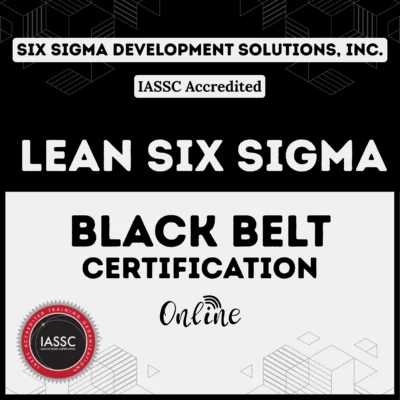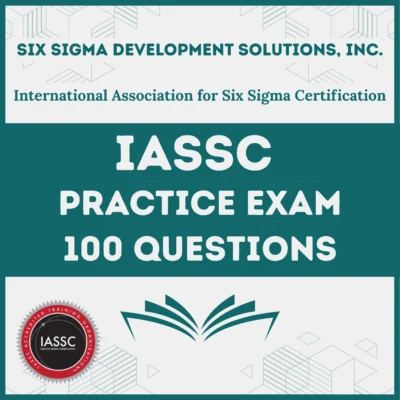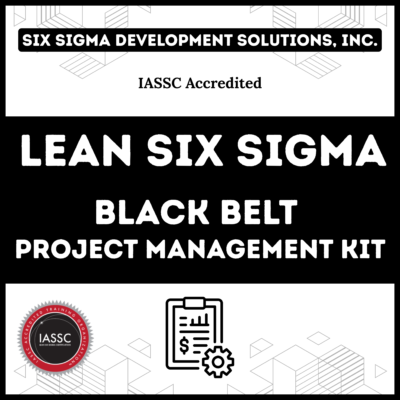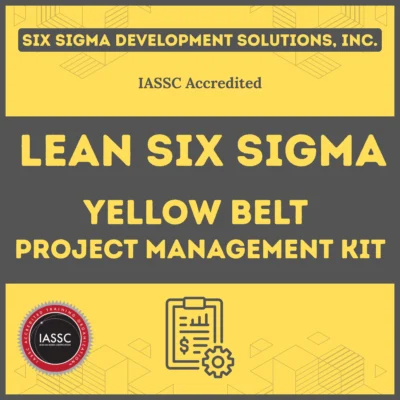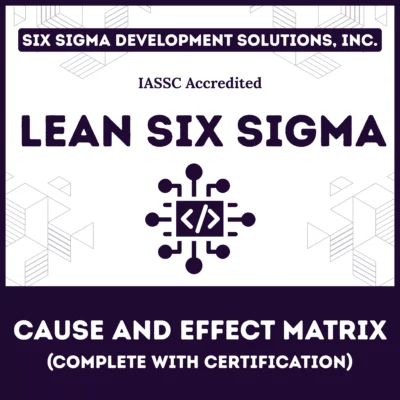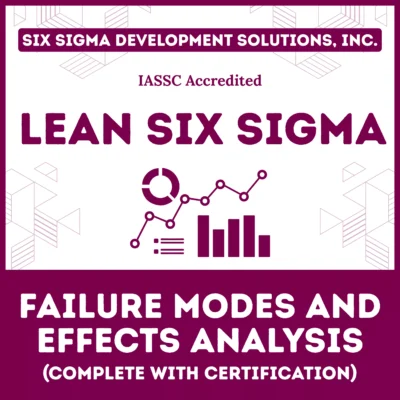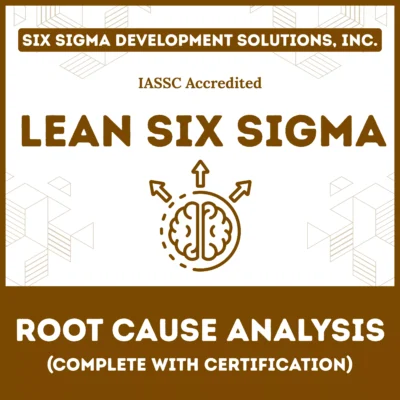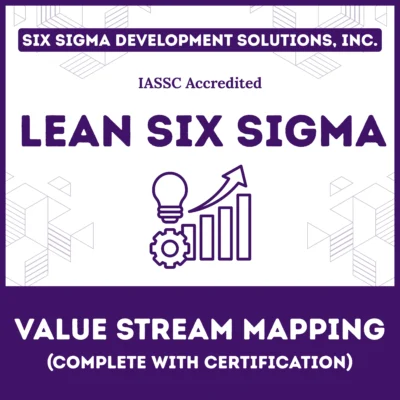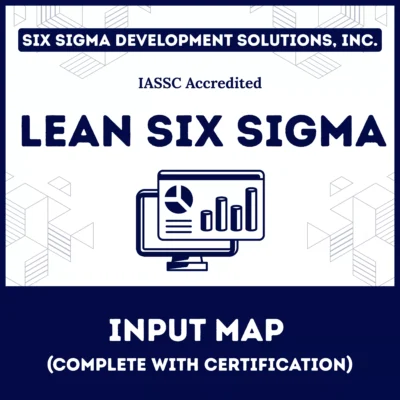A risk response plan is a structured document that outlines specific strategies and actions for addressing identified risks throughout a project lifecycle. Unlike basic risk assessment plans that merely identify potential issues, response plans go deeper by defining precise steps, responsibilities, and resources needed to handle each risk scenario.
Think of it as your project’s insurance policy combined with an emergency response system. When risks materialize, your team doesn’t scramble for solutions—they execute predetermined strategies with confidence and precision.
The plan integrates seamlessly with your broader risk management process, serving as the actionable component of your risk management approach. While risk identification tells you what might happen, the response plan tells you exactly what to do when it does.
Table of contents
What is a Risk Response Plan?
A risk response plan is a proactive component of a broader risk management plan in project management. It outlines specific strategies and actions to address identified risks, ensuring your project stays on track. Unlike a generic risk management plan template, which covers the overall approach to identifying and assessing risks, the risk response plan zooms in on how to handle each risk. Think of it as a playbook for navigating stormy seas—each risk is a wave, and your plan dictates whether to sail through, steer around, or batten down the hatches.
According to the PMI risk definition, a risk is an uncertain event that, if it occurs, can have a positive or negative impact on project objectives. The risk response plan focuses on both threats (negative risks) and opportunities (positive risks), ensuring you’re prepared for either. By integrating risk management techniques, this plan becomes a dynamic tool that evolves with your project.
Why You Need a Risk Response Plan?
Imagine launching a construction project without accounting for weather delays or supply chain disruptions. Or picture an IT project blindsided by cybersecurity breaches. Without a risk response plan, these scenarios can lead to costly setbacks. Here’s why this plan is non-negotiable:
- Proactive Control: It shifts you from reactive firefighting to proactive risk management.
- Cost Savings: Addressing risks early reduces financial losses.
- Team Alignment: A clear plan ensures everyone knows their role in mitigating risks.
- Stakeholder Confidence: A well-defined risk management approach reassures clients and investors.
By embedding risk response planning into your project risk management plan, you create a safety net that catches issues before they escalate.
Public, Onsite, Virtual, and Online Six Sigma Certification Training!
- We are accredited by the IASSC.
- Live Public Training at 52 Sites.
- Live Virtual Training.
- Onsite Training (at your organization).
- Interactive Online (self-paced) training,
Key Components of a Risk Response Plan
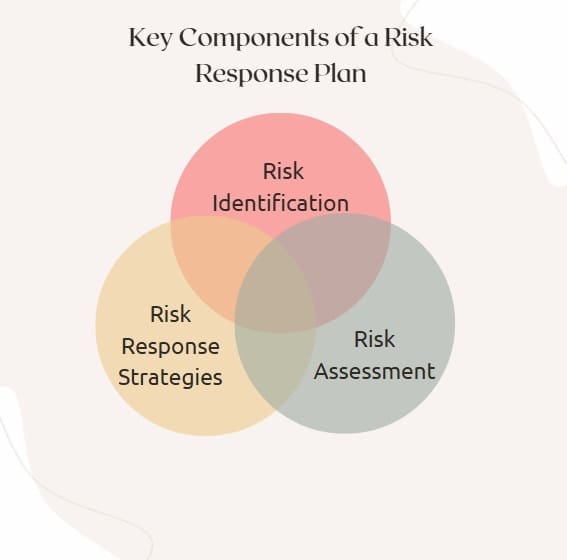
A solid risk response plan isn’t just a checklist—it’s a strategic framework. Here are the essential elements, woven together to form a cohesive risk management workflow:
1. Risk Identification
The first step in the risk management process is pinpointing potential risks. This involves brainstorming sessions, historical data analysis, and stakeholder input. For example, a construction risk management plan might identify risks like labor shortages or material delays, while an IT risk management plan could flag software bugs or data breaches.
2. Risk Assessment
Once risks are identified, assess their likelihood and impact using a risk assessment plan. Tools like risk matrices or probability-impact grids help prioritize risks. For instance, a high-probability, high-impact risk like a cyberattack in an IT project demands immediate attention, while a low-probability risk might be monitored.
3. Risk Response Strategies
This is the heart of the risk response plan. According to PMI risk management principles, there are four primary risk response strategies for threats and four for opportunities. Let’s break them down:
For Threats (Negative Risks):
- Avoid: Change the project plan to eliminate the risk. For example, switching suppliers to avoid delivery delays.
- Mitigate: Reduce the likelihood or impact. Implementing stricter cybersecurity protocols is a classic risk mitigation strategy in project management.
- Transfer: Shift the risk to a third party, such as through insurance or outsourcing.
- Accept: Acknowledge the risk and monitor it without immediate action, often for low-priority risks.
For Opportunities (Positive Risks):
- Exploit: Ensure the opportunity happens, like adopting new technology to boost efficiency.
- Enhance: Increase the likelihood or impact, such as investing in training to maximize team performance.
- Share: Partner with others to capitalize on the opportunity, like collaborating on a joint venture.
- Accept: Monitor the opportunity without active pursuit.
4. Contingency Planning
A contingency plan in project management is your backup plan. It outlines specific actions to take if a risk materializes. For example, if a key vendor fails to deliver, your contingency plan might involve activating a secondary supplier. This ensures you’re never caught off guard.
5. Risk Monitoring and Control
Risks evolve, so your risk response plan must include mechanisms for risk monitoring and control. Regular reviews, status reports, and key performance indicators (KPIs) help track risks and adjust strategies as needed.
Also Read: Last Planner System (LPS)
Steps to Create a Risk Response Plan
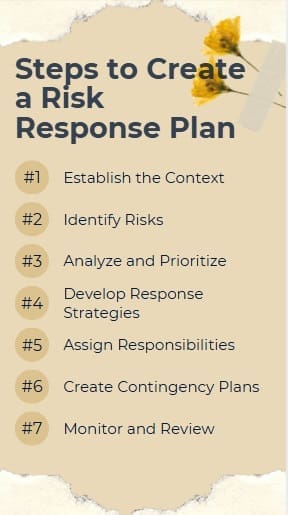
Crafting a risk response plan is a structured process that aligns with the steps in risk management process. Here’s a step-by-step guide to building one:
Step 1: Establish the Context
Understand the project’s objectives, scope, and stakeholders. This sets the foundation for your risk management planning. For example, a project risk management plan for a software development project will differ from one for a construction project due to unique risks.
Step 2: Identify Risks
Use tools like SWOT analysis, checklists, or expert interviews to compile a comprehensive risk register. Include both internal risks (e.g., team turnover) and external risks (e.g., regulatory changes).
Step 3: Analyze and Prioritize
Evaluate each risk’s probability and impact. A risk mitigation plan template can streamline this process by providing a standardized format for scoring risks. Prioritize high-impact, high-probability risks for immediate action.
Step 4: Develop Response Strategies
Assign a specific risk response strategy to each risk. For example, in a construction risk management plan, you might mitigate weather-related delays by scheduling critical tasks during favorable seasons.
Step 5: Assign Responsibilities
Clearly define who owns each risk and their role in executing the response. This ensures accountability and smooth implementation.
Step 6: Create Contingency Plans
Develop detailed contingency plans in project management for high-priority risks. Include triggers (e.g., a delayed milestone) and specific actions to take.
Step 7: Monitor and Review
Set up a risk management workflow for ongoing monitoring. Schedule regular risk reviews and use dashboards to visualize risk status.
Best Practices for Effective Risk Response Planning
To make your risk response plan a game-changer, follow these best practices:
- Engage Stakeholders: Involve team members, clients, and experts to ensure all perspectives are considered.
- Use Data-Driven Tools: Leverage software like Primavera or Microsoft Project for real-time risk tracking.
- Keep It Flexible: Update the plan as the project evolves to address new risks.
- Document Everything: A sample risk management plan can serve as a reference, but customize it to your project’s needs.
- Communicate Clearly: Ensure all team members understand the risk management procedures and their roles.
Examples
Construction Risk Management Plan
In construction, risks like weather disruptions, labor shortages, or equipment failures are common. A construction risk management plan might include:
- Mitigation: Scheduling indoor tasks during rainy seasons.
- Contingency: Maintaining a reserve budget for unexpected material cost spikes.
- Monitoring: Using weather forecasting tools to adjust schedules dynamically.
Also Read: Design Verification Plan and Report (DVP&R)
IT Risk Management Plan
For IT projects, cybersecurity and software compatibility are top concerns. An IT risk management plan could involve:
- Avoidance: Choosing well-tested software to prevent bugs.
- Transfer: Purchasing cyber insurance to cover data breach costs.
- Enhancement: Training developers to leverage new tools for faster delivery.
Common Challenges and How to Overcome Them
Even with a solid risk response plan, challenges arise. Here’s how to tackle them:
- Lack of Buy-In: Engage stakeholders early to build support for the risk management approach.
- Incomplete Risk Identification: Use historical data and expert input to ensure no risk is overlooked.
- Resource Constraints: Prioritize risks to allocate resources effectively.
- Dynamic Risks: Regularly update the plan to address emerging threats.
FAQs on Risk Response Plan
What is the difference between a risk management plan and a risk response plan?
A risk management plan outlines the overall process for identifying, assessing, and managing risks, while a risk response plan specifically details actions to address each identified risk.
How do I prioritize risks in a risk response plan?
Use a risk matrix to evaluate risks based on their likelihood and impact. Focus on high-probability, high-impact risks first.
What tools can help with risk response planning?
Software like Microsoft Project, Primavera, or risk management platforms like RiskyProject can streamline risk management processes.
How often should a risk response plan be updated?
Review and update the plan regularly, especially at key project milestones or when new risks emerge.
Can a risk response plan address positive risks?
Yes, a risk response plan includes strategies like exploit, enhance, share, or accept to capitalize on opportunities.
Final Words
A risk response plan is more than a document—it’s a strategic tool that empowers you to navigate the uncertainties of project management with confidence. By integrating risk management techniques, leveraging risk response strategies, and maintaining a proactive risk management workflow, you can protect your project from threats and seize opportunities.
Whether you’re in construction, IT, or any other industry, mastering the steps of risk management ensures your project stays on course.






